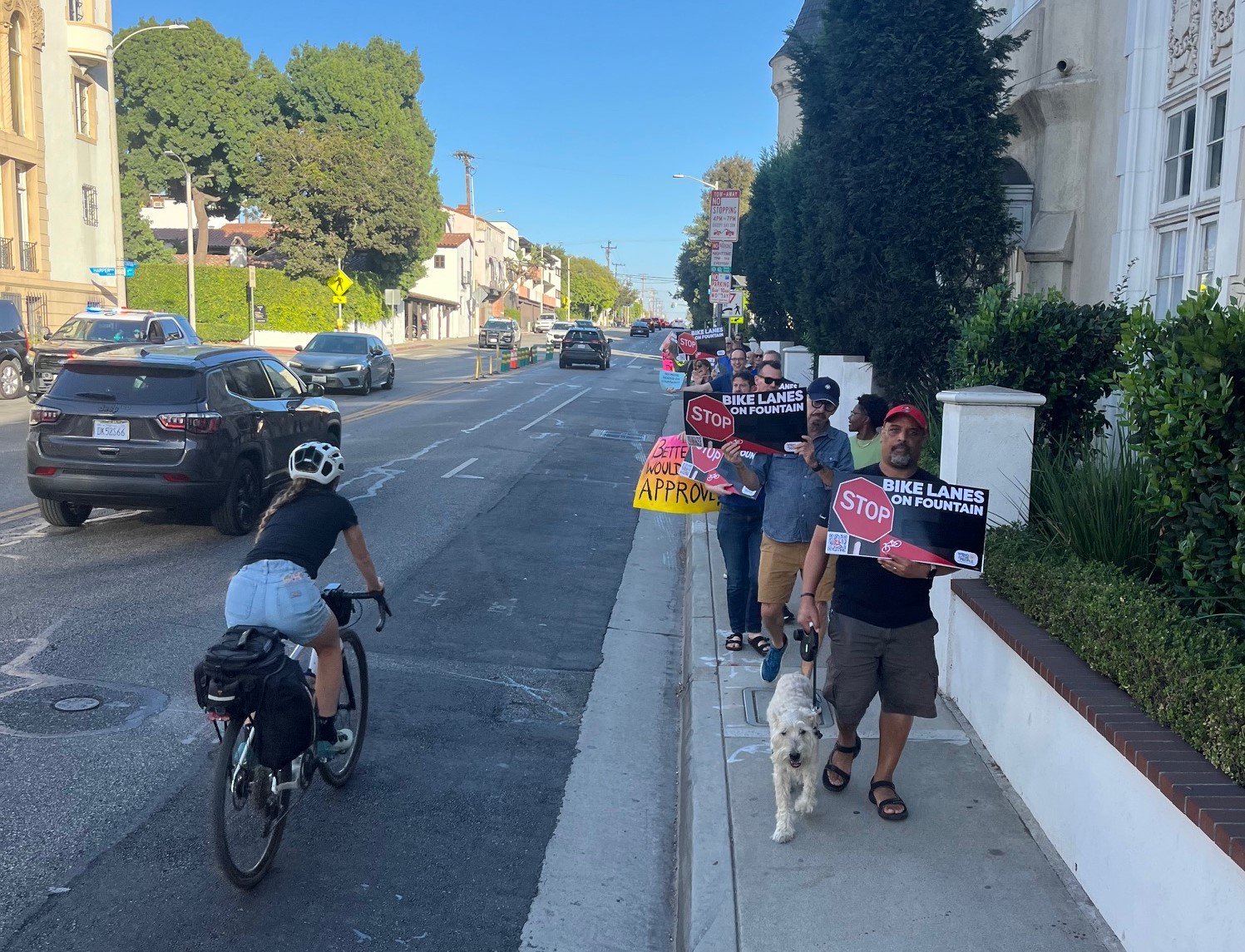They call it "intra-regional job piracy" -- when one town uses tax breaks to lure employers from neighboring towns.

Job piracy is very common in regions across the United States. And it almost always results in employers moving farther from the central city. As the D.C.-based think tank Good Jobs First has shown [PDF], this job sprawl generates traffic, reduces the effectiveness of transit, inflates infrastructure costs, and impedes access to opportunity for low-income people.
Many metro areas have also grappled with how to solve this problem, and some are performing better than others. A new report from Good Jobs First [PDF] highlights how some regions have wrestled this problem under control, while others continue to let it run rampant.
Here's a look at the best and worst approaches examined by Good Jobs First, starting with the success stories.
Denver
Greater Denver is a model of regional cooperation, and it's paying off for the economy, Good Jobs First reports.
Business recruitment in greater Denver is handled by a regional economic development corporation representing 70 cities, counties, and economic development groups dedicated to promoting the region as a "single economic entity." All members of the Metro Denver Economic Development Corporation sign an ethics agreement, stressing the principles of transparency, cooperation, and respect. The ethics guide is designed to ensure member entities are promoting the wellbeing of the region first, ahead of their own self-interest.
The Metro Denver EDC conducts regional business recruitment and it has not been without some occasional political friction, but, locals say, it generally works well. Denver officials credit the model with helping the region land Vestas Wind Systems, a Danish company than employs 1,500 in the state of Colorado.

Dayton, Ohio
Another standout for policies promoting unified economic growth is Dayton, Ohio.
Since, 1991, the Dayton region has been operating a small economic development fund that draws its revenues from a portion of the tax money generated by communities that attract new businesses, a practice known as revenue sharing. The Montgomery County Economic Development/Government Equity fund awards about $5 million annually to "regionally significant" projects through a competitive grant process. Funding recommendations come from a group of 15 private-sector and 12 public-sector representatives. The grant awards explicitly discourage competition between communities within the region.
Dayton also hosts a business retention network called Business First! When businesses are considering relocating, this organization makes the information available to all the communities, who have agreed not to actively pursue businesses in other member communities.
Here's how it helps promote stability and prosperity: In the early 2000s, robotics component maker Yaskawa outgrew its location in West Carrollton. Business First! helped retain the company by finding a location in the region to consolidate its three locations (two other factories were located in Troy). The relocation to Miamisburg caused a major reduction in West Carrollton's tax revenues, but a revenue-sharing agreement was negotiated that helped reduce the fallout to that community from the loss.

Minneapolis/St. Paul
Now here come the bad examples. Since 1975, Minneapolis has had a law that attempts to mitigate the damage caused by job poaching. The Fiscal Disparities Act requires communities throughout the region to share 40 percent of the growth in their tax base. But according to Good Jobs First, it's not working very well.
"It has failed to engender a culture of regional cooperation among participating communities," the authors write.
Good Jobs First analyzed 86 job moves in the Minneapolis-St. Paul region during the early 2000s. It found four-fifths were outbound, or further from the city center, and three-quarters were subsidized with tax breaks. Good Jobs First interviewed officials from the "winning" municipalities. The organization found these towns were actively soliciting companies from neighboring communities and that municipal officials from "rival towns" did not even speak to each other when in negotiations with the same firm.
Good Jobs First said that the 1975 law failed to create any "mutual sense of responsibility" among communities. A major shortcoming was failing to prescribe procedures for municipalities to follow in business recruitment.
Kansas City
Good Jobs First calls the Kansas City region an "extreme example of job poaching." Straddling Missouri and Kansas, the area has developed such a reputation for intra-regional competition that it is often referred to locally as a "border war" between the states. Legislative fixes have been elusive.
This year, Missouri passed a law saying it would stop poaching jobs from Kansas, if Kansas would agree to the same. So far, no matching legislation has been approved in Kansas. But even Missouri's initial gesture betrays an insidious competitive approach, says Good Jobs First.
"Laws that frame the two states as competitors miss the point: regions are the solution, not the problem."






